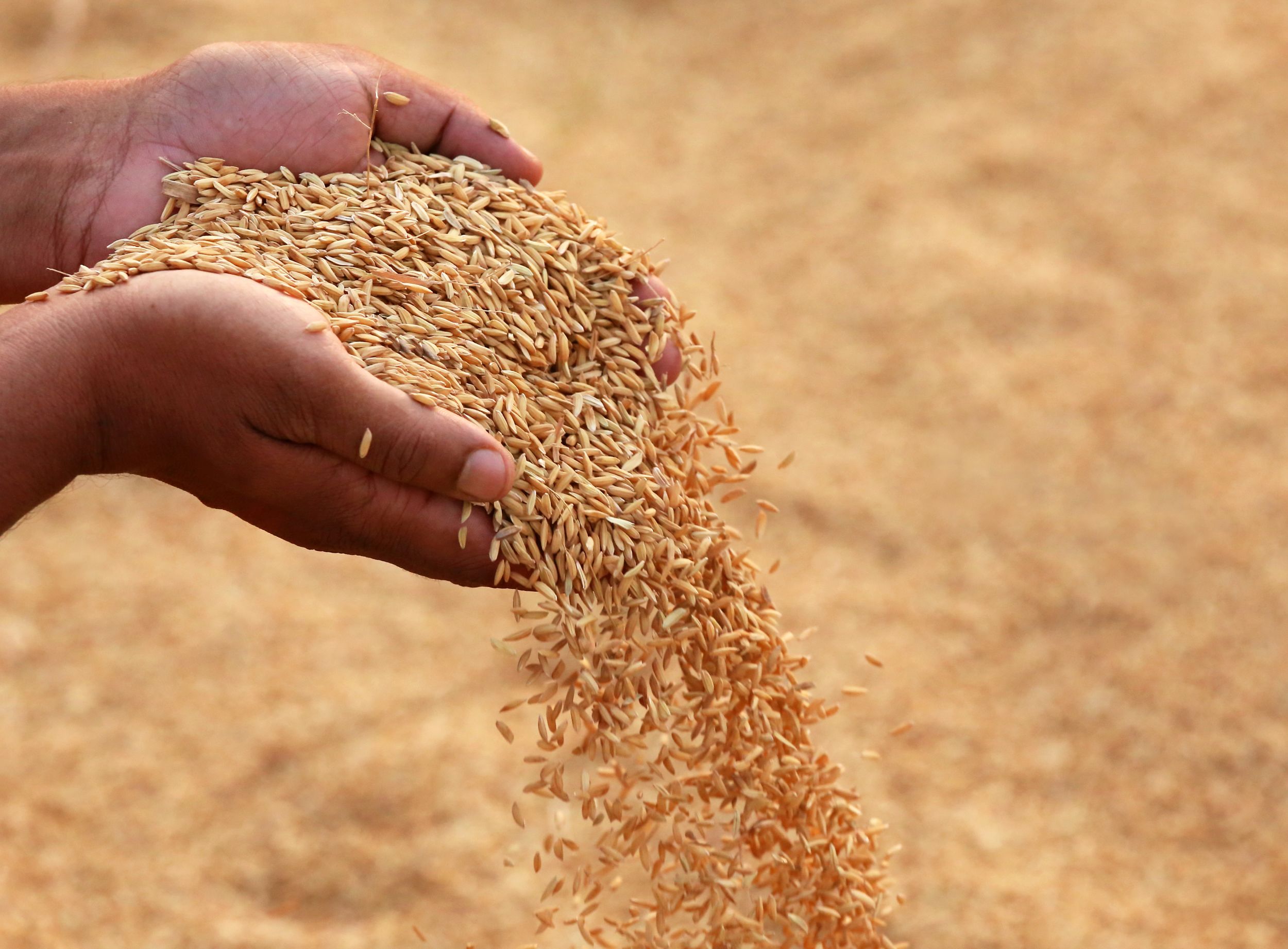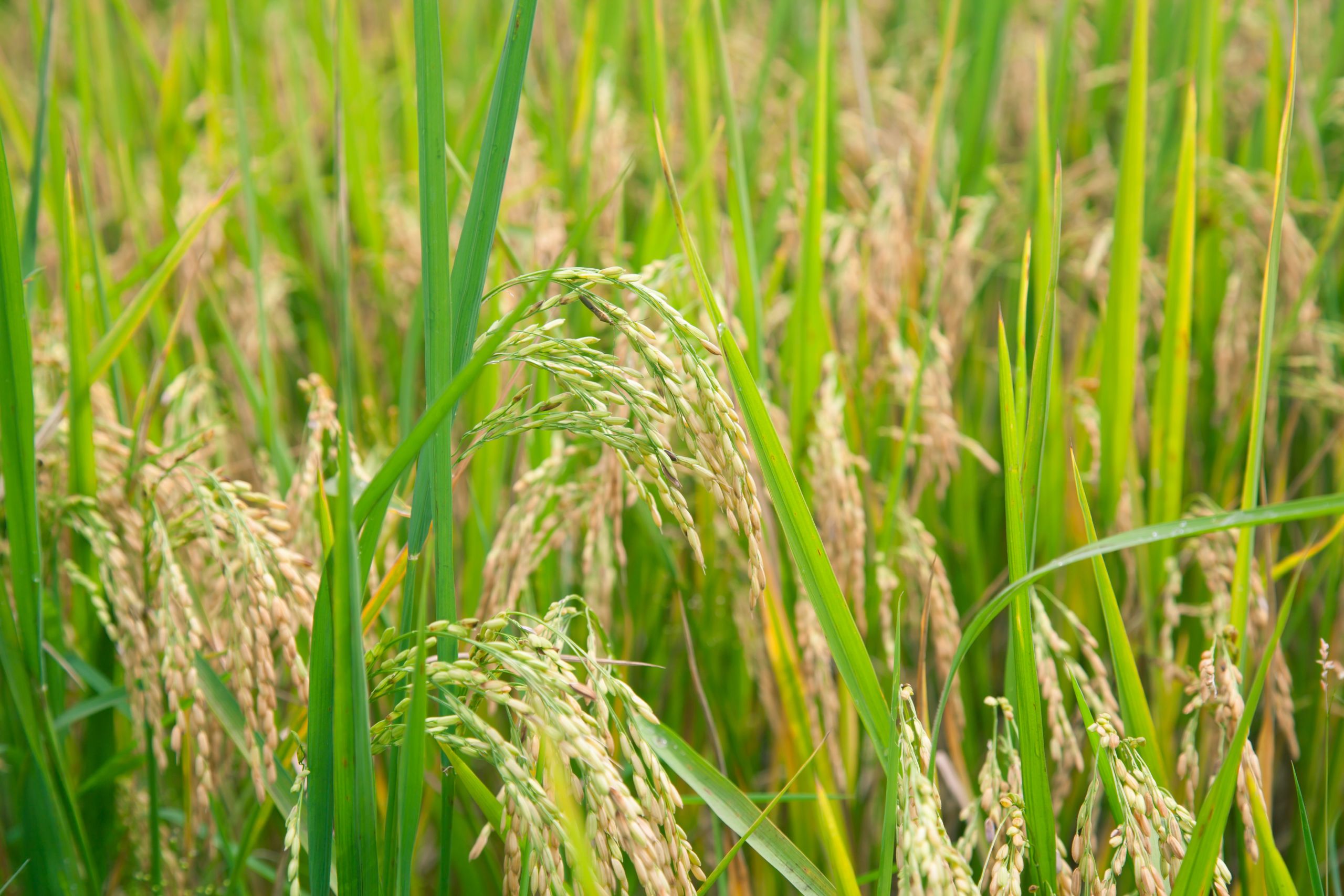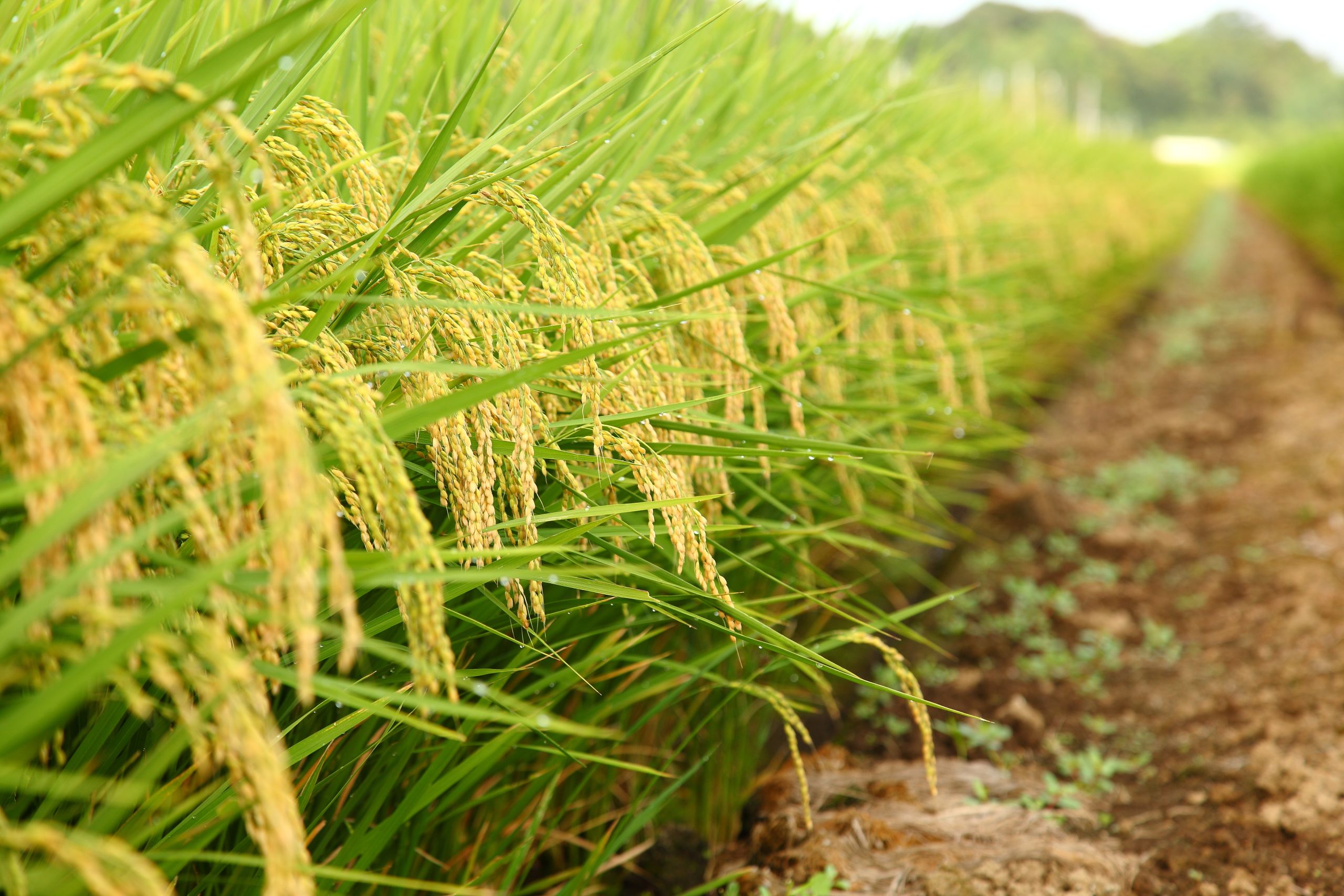Influencing food policy with arsenic testing
New methodologies for measuring levels of inorganic arsenic led to changes in food regulation around the world.

Many people are surprised to discover that the chemical element arsenic can be found in a number of food types. It is especially common in rice, which is one of the world’s most important grains and often a staple of family diets. But although arsenic is a natural component of the earth, it is also a poison that exists in several forms. Inorganic arsenic, a highly toxic form that’s found in water, is a class 1 carcinogen and can cause cancer through long-term exposure.
How does inorganic arsenic get into our food?
Inorganic arsenic occurs naturally in the groundwater that is used to grow crops in countries in Asia, where rice is a major commodity. This contaminated water is used for crop irrigation in paddy fields, where high levels of arsenic can be found in the waterlogged soil and absorbed more easily by rice crops. Although rice has a lower concentration of arsenic than other food types, it is consumed in extremely large amounts worldwide, potentially exposing millions of people, including babies, to inorganic arsenic.
But although a maximum level of inorganic arsenic in water was established in the 1990s, there were no recommendations for arsenic in foodstuffs. Due to the different forms of arsenic found in food, major authorities in the UK and EU felt that data and research was limited around the arsenic compound that causes cancer, and that a maximum level could only be determined after further investigation.


Global testing
Led by Professor Jörg Feldmann, a team from the University of Aberdeen developed methodologies for measuring the levels of inorganic arsenic in rice. After implementing tests on products worldwide, the team discovered that levels were significantly higher in the USA than in countries such as Bangladesh, due to the herbicides used by the USA in fields where rice is grown. But although the team’s findings attracted significant attention from food groups and federations, it was not until China implemented a maximum permissible level for the first time, and introduced a new import regulation, that major food authorities began to act. Based on China’s new benchmark, the research team demonstrated that many European products, including baby rice, did not pass the new regulatory limit.
As a result of this research, the World Health Organisation (WHO) and the UN’s Food and Agriculture Organisation (FAO) came together in 2014 to examine contaminants in rice and consider the team’s suggestions for a maximum permissible level of inorganic arsenic. In 2016, these recommendations were implemented when the EU introduced new laws to regulate the levels of inorganic arsenic in rice.
Training local communities
However, the team realised that the new testing methodologies could not be easily replicated in other countries due to a lack of resources and suitable lab environments. In response, affordable methods were developed for commercial labs and a field testing kit was also created to allow levels of inorganic arsenic exposure to be monitored in the field. This kit is now used in Bangladesh and Malawi and allows local people to determine if rice is of an acceptable level within one hour. Although exposure has decreased in Bangladesh, the team is committed to testing contrasting environments of 100,000 people, in partnership with locally trained members of the community. Discoveries that arsenic levels are particularly low in Malawi also have the potential to lead to a new market for producing and exporting baby rice to the EU.


Impact
- The team’s findings led to studies by the UK Food Standard Agency, European Food Safety Authority, World Health Organisation and UN’s Food and Agriculture Organisation
- Development of affordable methodologies and a field testing kit has had significant positive impacts on low economy countries
- Research was fundamental to policy decisions and changes to established practice around the world
- The ‘Variation in arsenic speciation and concentration in paddy rice related to dietary exposure’ study attracted major media interest worldwide and is the most influential paper related to arsenic in rice


